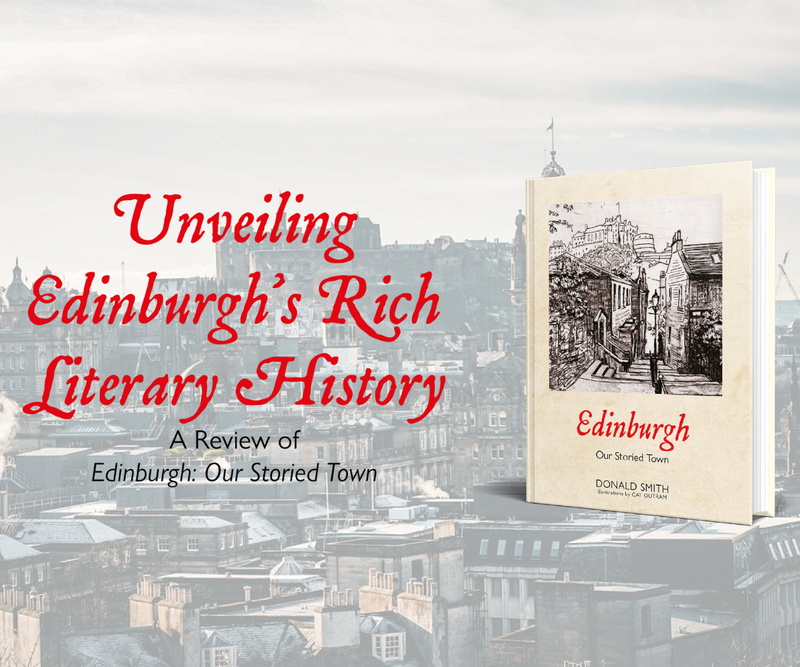Unveiling Edinburgh's Rich Literary History
A Review of Edinburgh: Our Storied Town

A Review of Edinburgh: Our Storied Town
This review is part of our ongoing series of in-house reviews, showcasing how passionate we are about the books we publish.
In Edinburgh: Our Storied Town, Donald Smith delivers a rich, evocative celebration of Edinburgh’s 900-year legacy, intertwining the city’s history with its unparalleled role as a crucible of storytelling. This book is both a commemorative work and a vibrant exploration of how Edinburgh has evolved into the celebrated literary hub it is today.
Smith takes us on a journey through the centuries, unraveling the tale of how this ancient city got its name. Edinburgh’s name is thought to be derived from the ancient British word Eidyn, with the city being known as Edin or Edinburgh through a blend of Old English and Scots. The intriguing evolution of this name mirrors the city’s transformation from a modest fortress to a sprawling epicenter of culture and intellectualism.
What gives Edinburgh its unique character is its blend of historical gravitas and cultural dynamism. As Smith expertly illustrates, the city’s dramatic landscape—with its medieval streets, neoclassical architecture and the looming presence of Arthur’s Seat—creates a backdrop that has inspired countless stories. The interplay between Edinburgh’s history and its physical geography is key to understanding its literary prominence. Cat Outram’s illustrations further amplify this sense of place, vividly capturing the essence of Edinburgh’s storied streets and landmarks.
The book explores why Edinburgh attracts people from across the globe, drawing both nation and planet to its cobbled streets. It’s not just the beauty of the city but the way it has become a stage for ideas and narratives, with the Edinburgh International Festival and the Edinburgh Festival Fringe being prime examples of its global literary and cultural magnetism. Smith discusses how these festivals have turned Edinburgh into a city where diverse voices and stories converge, reinforcing its reputation as a Festival City.
Smith also delves into Edinburgh’s designation as a City of Literature, a title awarded by UNESCO in 2004. This status is deeply rooted in the city’s long history of literary achievements. The book highlights significant works and authors who have shaped Edinburgh’s literary landscape, from Sir Walter Scott and Robert Louis Stevenson to modern-day literary figures. The impact of these authors, whose works range from classic novels to contemporary poetry, is profoundly felt, reinforcing the city’s identity as a beacon of literary creativity.
One of the most compelling aspects of Smith’s book is his exploration of how Edinburgh has thrived on books, words and ideas through its nine official centuries. The narrative demonstrates how the city’s rich literary heritage has influenced its culture and vice versa, creating a symbiotic relationship between place and people. For anyone who cherishes Edinburgh or is interested in the interplay between geography and literature, Smith’s exploration offers a deep and insightful perspective.